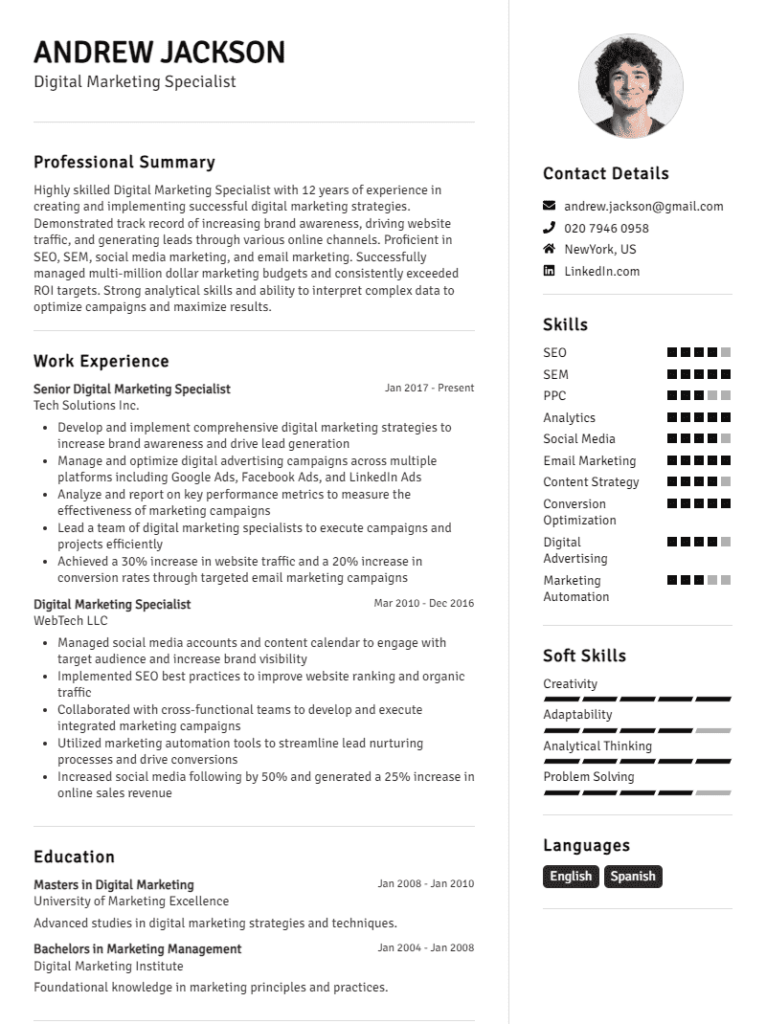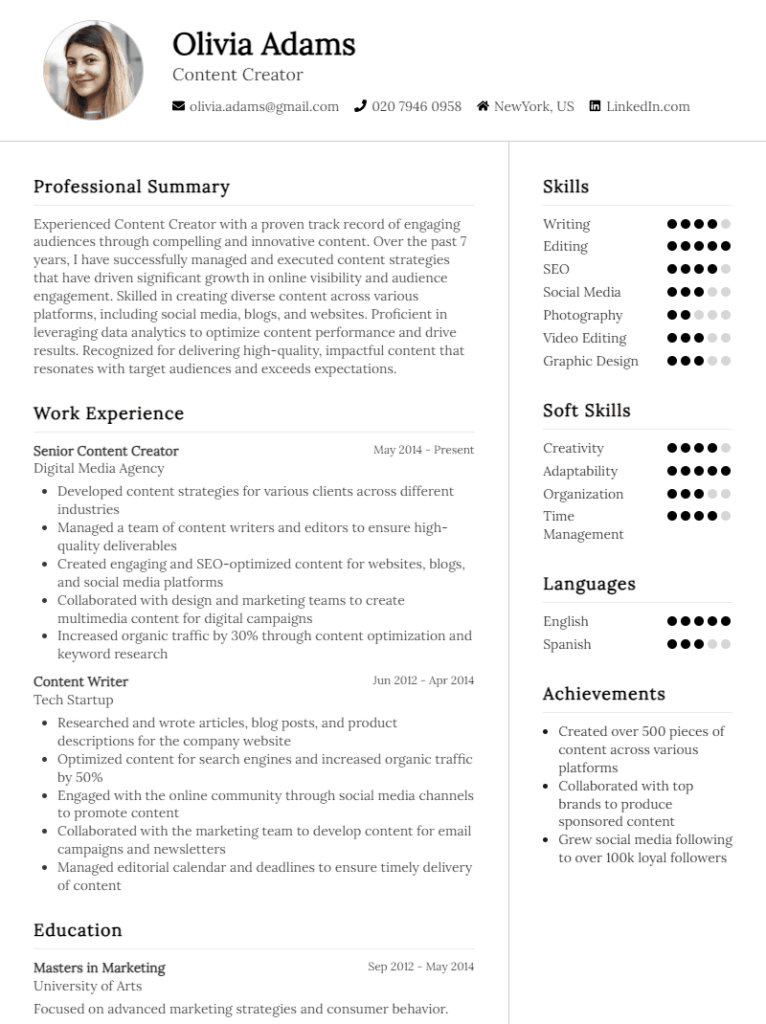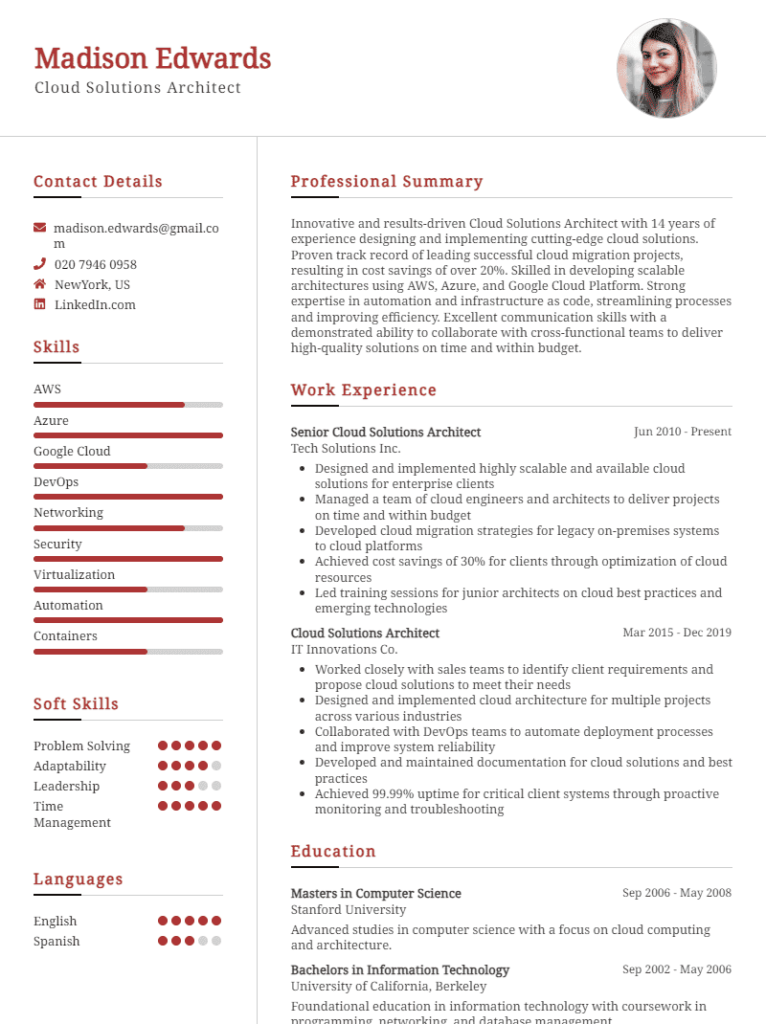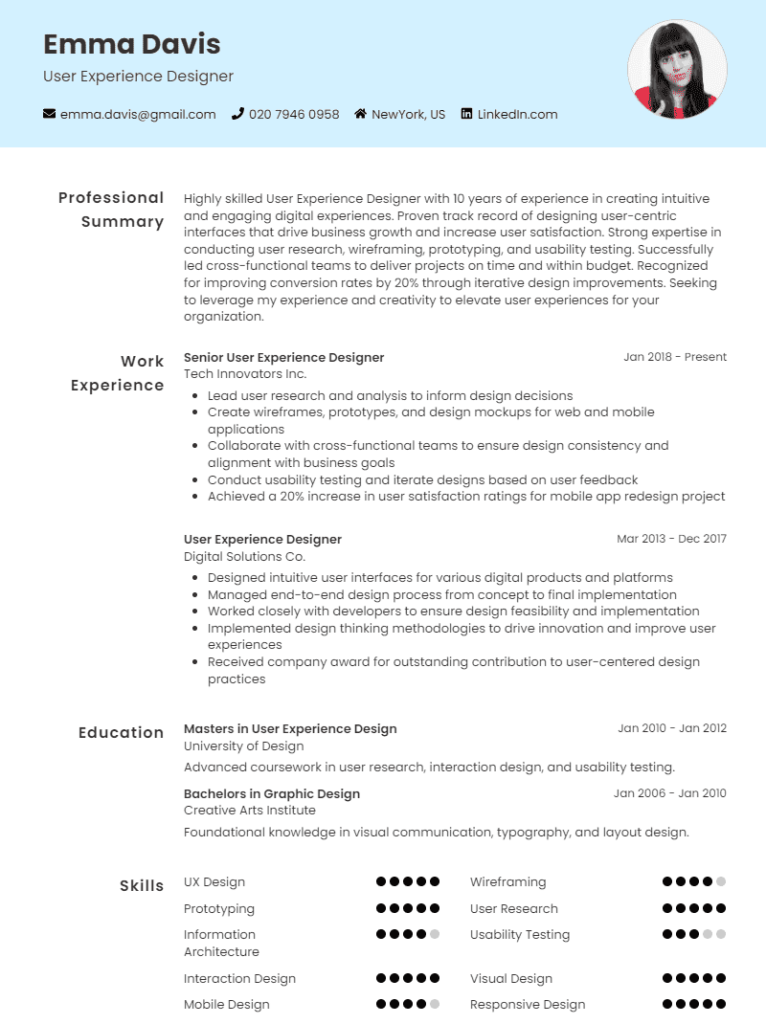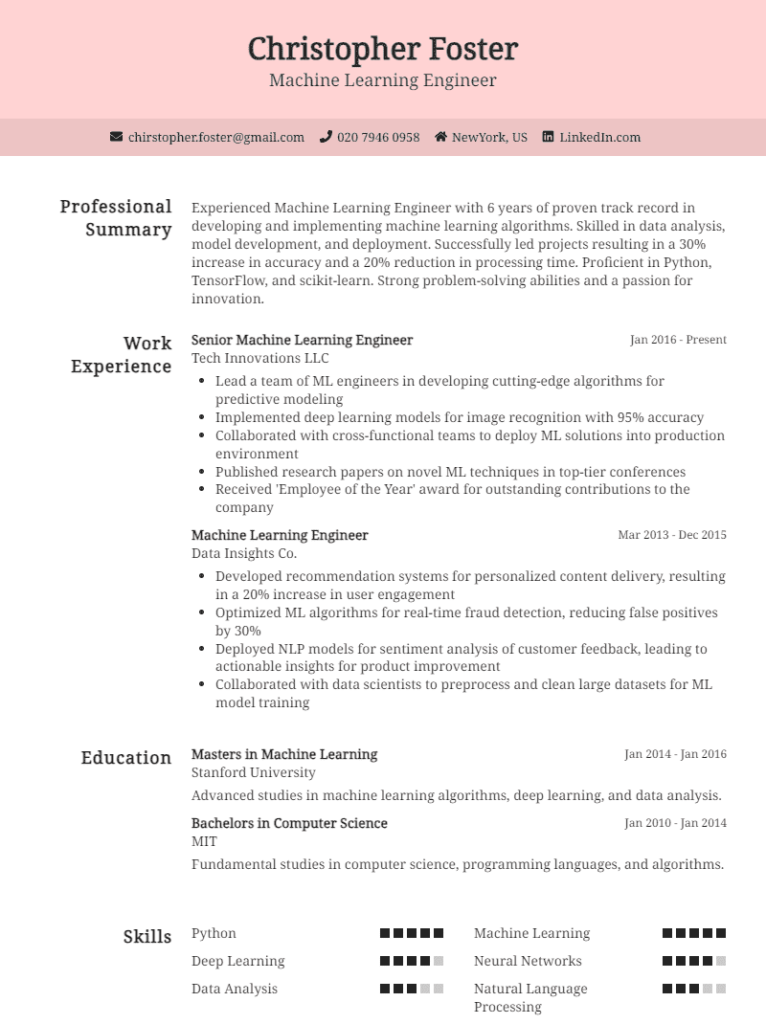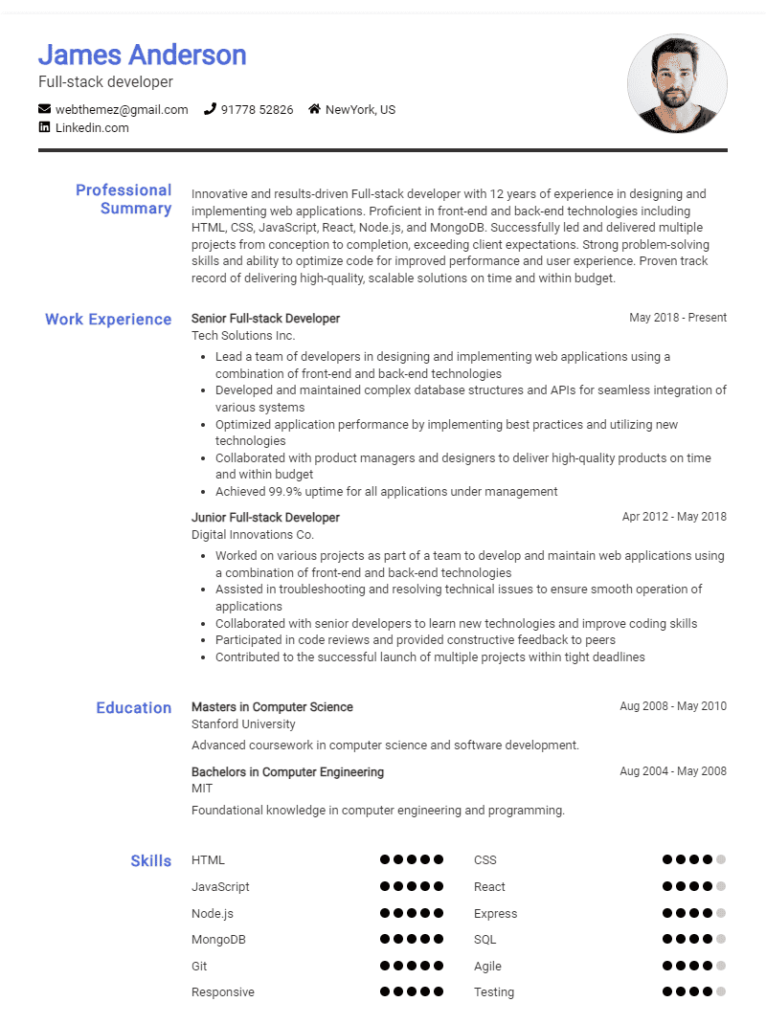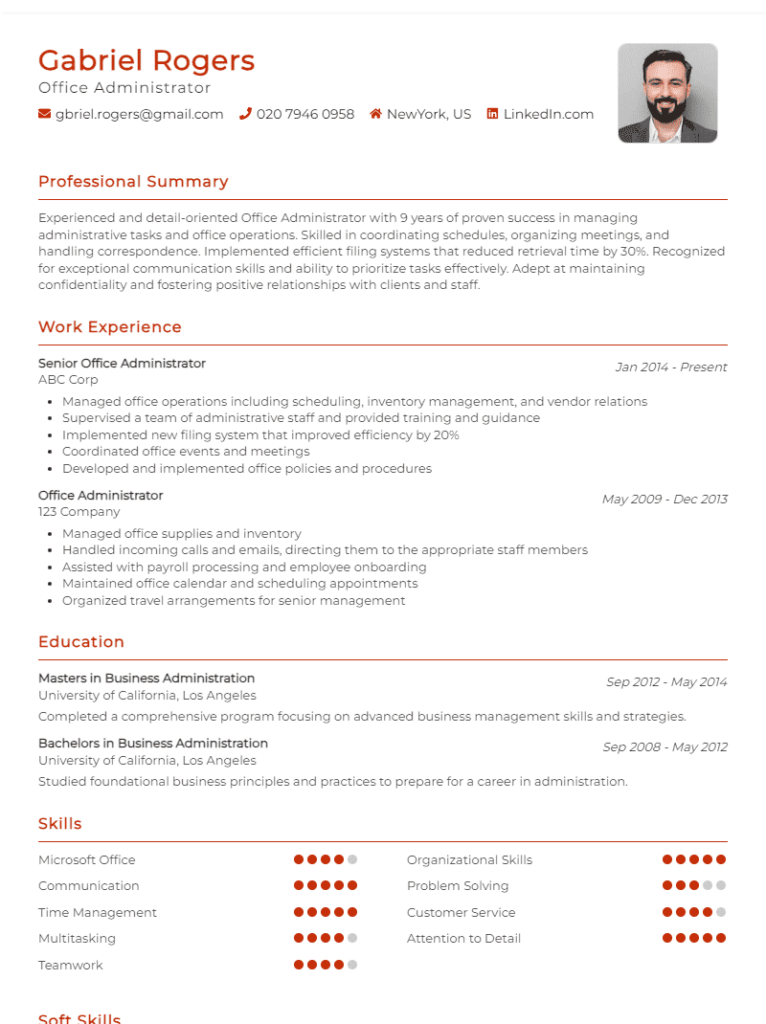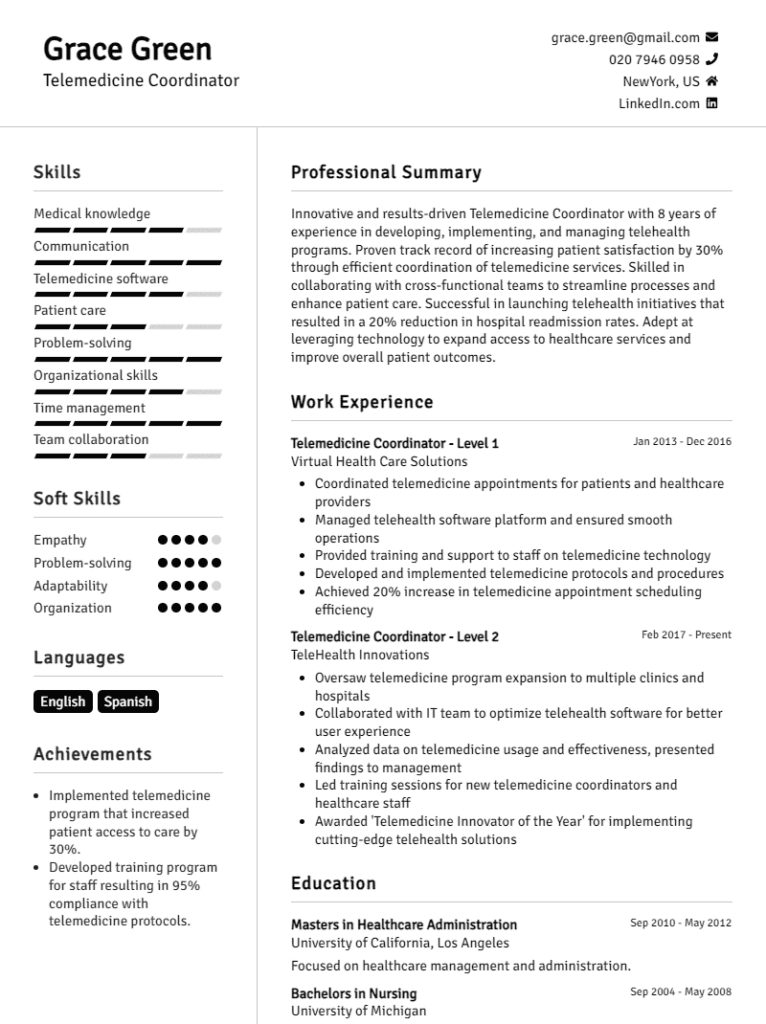Classic Resume Templates
Our classic resume templates offer a timeless, professional look that’s perfect for traditional industries. Highlight your skills and experience with a clean, straightforward layout that ensures your resume stands out.
Frequently Asked Questions about Classic Resume Templates
Classic resume templates are timeless, professional designs that focus on clean lines and straightforward layouts. These templates are ideal for traditional industries and roles where clarity and professionalism are paramount. They emphasize your skills, experience, and qualifications without unnecessary embellishments, ensuring that your resume looks polished and professional. Classic templates are designed to be easily readable by hiring managers and Applicant Tracking Systems (ATS), increasing your chances of getting noticed and shortlisted for interviews.
Using a classic resume template offers several benefits:
- Professional Appearance: Presents your information in a polished and organized manner.
- Easy to Read: Simple layouts make it easy for hiring managers to find relevant information quickly.
- ATS Compatibility: Designed to pass through Applicant Tracking Systems without issues.
- Versatility: Suitable for a wide range of industries and positions.
To format your information effectively in a classic resume template:
- Use Clear Headings: For sections like Work Experience, Education, Skills, and Contact Information.
- List in Reverse-Chronological Order: Start with the most recent experiences and work backward.
- Bullet Points for Achievements: Highlight key accomplishments and responsibilities.
- Consistent Formatting: Maintain uniformity in fonts, sizes, and spacing.
Yes, classic resume templates are designed to be ATS-friendly. They avoid complex layouts and graphics that ATS software cannot read, ensuring that your resume’s text is easily scanned and processed. This increases your chances of getting through the initial screening process.
When using a classic resume template, avoid the following:
- Overloading with Graphics: Stick to text and simple formatting.
- Complex Language: Be concise and straightforward.
- Ignoring Key Sections: Ensure all relevant information is included.
- Inconsistent Formatting: Maintain a uniform look throughout the resume.
Classic resume templates are perfect for job seekers in traditional industries such as finance, law, education, and healthcare. They are also suitable for any professional looking for a clean, professional presentation of their experience and skills, regardless of the industry. These templates are especially beneficial for individuals who want to convey a sense of reliability, stability, and professionalism in their job applications.
Classic resume templates differ from modern or creative templates in the following ways:
- Design: Classic templates focus on simplicity and professionalism, while modern or creative templates may use more colors, graphics, and innovative layouts.
- Target Audience: Classic templates are best suited for traditional industries, whereas modern templates might be more appropriate for creative fields like design, marketing, or media.
- ATS Compatibility: Classic templates are generally more ATS-friendly due to their straightforward design.
Yes, classic resume templates are highly customizable. You can adjust fonts, colors, and layouts to better reflect your personal style and the specific requirements of the job you’re applying for. Just ensure that any customizations maintain the template’s simplicity and readability.
Classic resume templates are versatile and can be used for almost any job application. They are especially suitable for roles that prioritize clarity and professionalism. However, for creative or highly innovative positions, you might consider a more modern template to reflect your creative skills.
Including a photo in your resume is generally not recommended in countries like the U.S. due to potential bias and ATS issues. However, in some regions, like parts of Europe, including a photo is more common and acceptable. If you do include a photo, ensure it is professional and appropriately placed.

